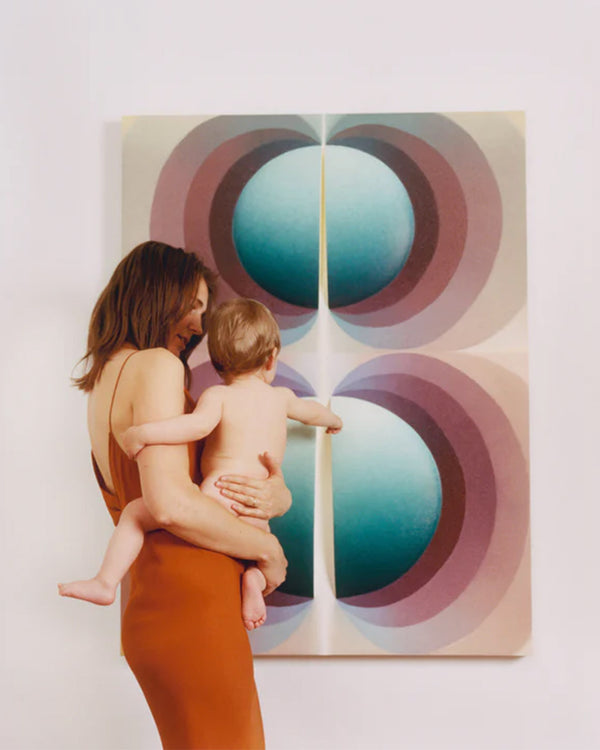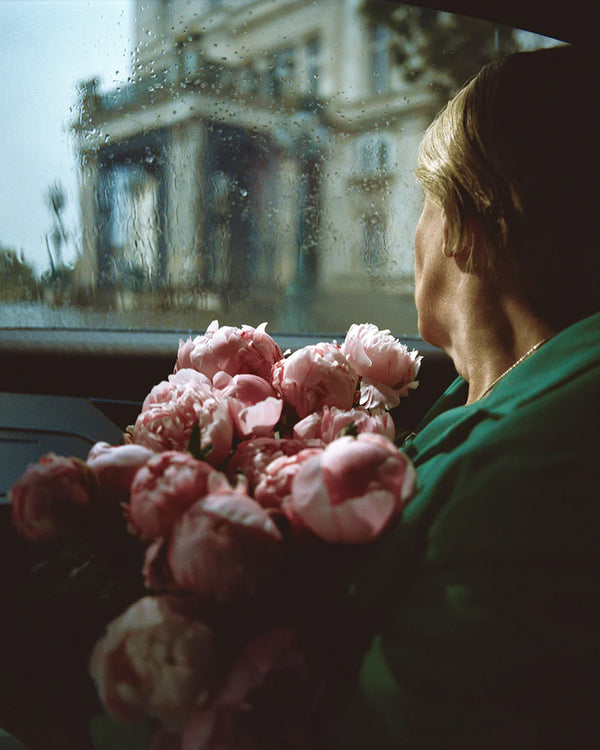A Day Suspended and Reversed: On CAMILLE HENROT’s Tuesday
2018 by Juana Berrío
»By slowing down the pace of each scene, the film neutralizes what could have been a celebration of force, competitiveness, and violence, allowing for other conceptual and sensorial elements to be experienced.«
»By slowing down the pace of each scene, the film neutralizes what could have been a celebration of force, competitiveness, and violence, allowing for other conceptual and sensorial elements to be experienced.«
Human beings have organized and conditioned their life on this planet through the invention of time. By observing, measuring, and formalizing the movement and changes of the elements they saw up in the sky, ancient civilizations created many of the systems that still run our modern-day life. The journey of the earth around the sun informed the notion of the year, observation of the ever-changing positions of the moon made up the month, and the full twenty-four-hour cycle of light to darkness to light again led to the idea of a day. Most of our other time units are, however, arbitrary. The arbitrary conceptions of time created by human beings, as opposed to those observing a particular cycle in nature, has not only provided structural order and the specific life conditions for hundreds of generations of people around the world, it has also conditioned the psyche, behaviors, and the emotional responses we attach to each day. Popular expressions such as the “Monday blues” or “TGIF!” (Thank God It’s Friday!) reveal the meaning and purpose we have long assigned to days.
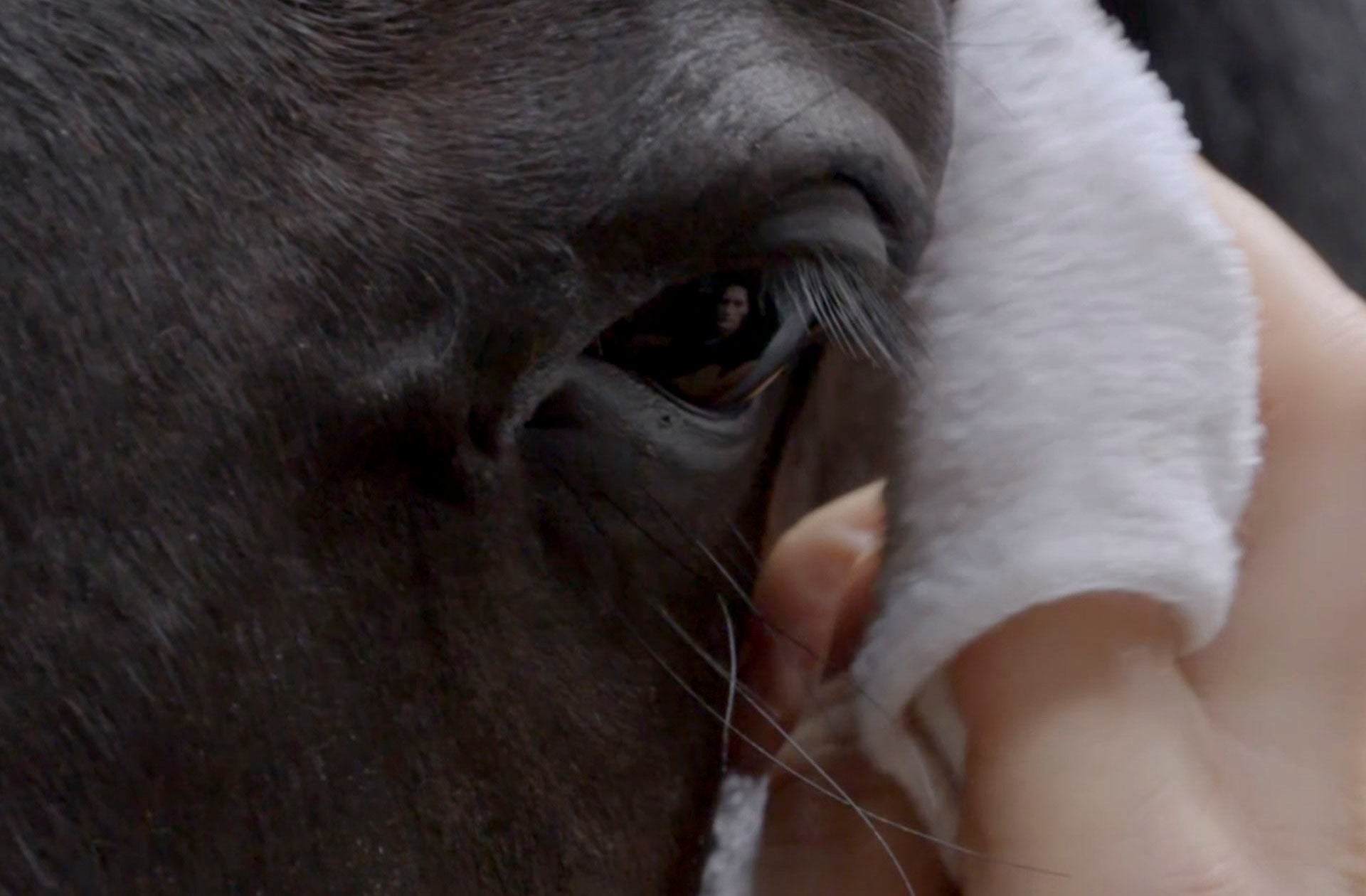
Camille Henrot, Tuesday, 2017, HD video, color, sound, 20:50 min
© Image courtesy of the KÖNIG GALERIE; Kamel Mennour, Paris, London; Metro Pictures, New York, 2018
Tuesday in ancient times was dedicated to the god of war, Mars (in Latin dies Martis, literally meaning “day of Mars,” and in Old English “Tiw’s Day” dedicated to Tíw the god of combat, law, and justice in Norse mythology). The long-associated values of this day, such as strength, power, virility, among others, was the point of departure for the film TUESDAY by Camille Henrot. The film was first presented in the artist’s solo exhibition Days Are Dogs at the Palais de Tokyo in Paris in 2017, which explored each day of the week for both its emotional weight and the various symbolic meanings it has carried for centuries. In the section dedicated to TUESDAY, she created an environment that resembled a training room and included the film alongside a series of sculptures. The film interweaves scenes of race horses being groomed prior to a competition, with men practicing Brazilian Jiu-Jitsu (BJJ), a martial art developed from judo ground fighting involving two opponents. Through grappling techniques of joint locks and choke holds, the focus of BJJ is to take an opponent to the ground and to force them to surrender.
What is interesting, however, is that BJJ is a practice which offers the possibility for each fighter to be submissive and dominant at the same time in the context of a single fight. This exchange involving strategic force and inevitable tension is not fixated on imposing one’s own physical strength onto the other, rather it revolves around the search to inhabit each other’s strengths. This is where a more nuanced notion of dominance comes into play: it’s about two bodies mastering their moves, so that each can advance from a position of dominance to one of attack, and vice versa, within the ten-minute time limit of each fight. This elasticity of roles, the constant shifting, the cancelling of fixed positions and assumptions in this apparent system of power is one of the elements at the heart of Henrot’s film.
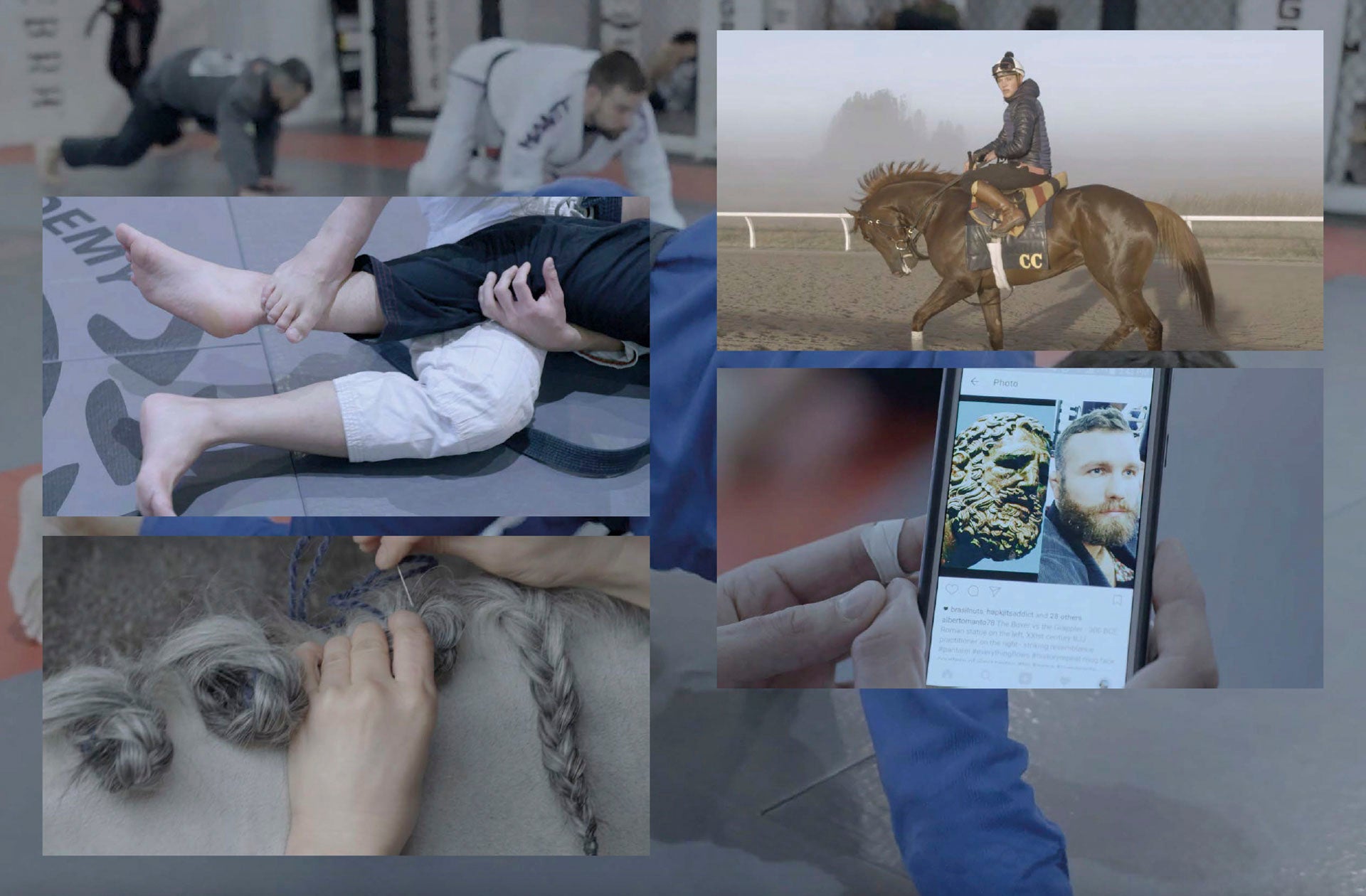
Camille Henrot, Tuesday, 2017, HD video, color, sound, 20:50 min
© Images courtesy of the KÖNIG GALERIE; Kamel Mennour, Paris, London; Metro Pictures, New York, 2018
Shot in slow motion and accompanied by a soundtrack of repetitive beats and sounds that never become words, TUESDAY juxtaposes a twenty-minute-long sequence of horses with BJJ fighters, who are always caught in suspense, whose interactions are shown to us as the moment before something else happens. We see horses being prepared, cleaned, caressed, and decorated for a race as well as the evident tension and pleasure that comes with this process. We also see the bodies of the fighters interlocked on the ground, slowly and thoughtfully using their arms and legs as grappling devices that are constantly forming a knot, a unit of struggle and negotiation. By slowing down the pace of each scene, the film neutralizes what could have been a celebration of force, competitiveness, and violence, allowing for other conceptual and sensorial elements to be experienced. Further, Henrot reveals the inherent gentle sensuality created between two warm bodies in close contact. This emphasis on the contact between two participants (the horse and its groomer, the two fighters) highlights the singularity formed not only by their bodies but by the duality of tension and care between the two opponents.
One of the most compelling scenes makes a short appearance on the screen: a hand holding a phone showing an Instagram post. The picture is a diptych comparing two faces. On the left is the bearded bronze face of a man, and on the right is the bearded face of one of the BJJ fighters seen in other parts of the film. Its caption reads: “The Boxer vs. the Grappler–300 BCE Roman statue on the left, XXst century BJJ practitioner on the right-striking resemblance #pantarei #everythingflows #historyrepeat mug face courtesy of @pizzajutsu #bjj #mma #romanarts #ancientart #bronzestatue #boxer #termeboxer.” What at first seems to be an image pointing to a resemblance between a man and a statue is actually in close proximity to both the ancient mythological meaning of “Tuesday” (as a day of the week) and the essence of Henrot’s film TUESDAY. The head of the statute we see in the Instagram post belongs to Boxer at Rest, also known as Terme Boxer or Boxer of the Quirinal, a Hellenistic Greek sculpture of a seated nude boxer who, as its name indicates, is depicted resting while wearing his caestus, a type of leather hand wrap used as a battle glove in Pankration. An empty-hand submission sport introduced as an event of the Greek Olympic Games in 648 BCE, Pankration literally means “all of power.” Combining boxing and wrestling techniques with holds, locks, and chokes on the ground, this sporting event had no rules other than the prohibition of biting and the gouging out of an opponent’s eyes. Dated between 330 to 50 BCE, the sculpture is considered one of the most exceptional surviving examples from a period in Greek art in which the depictions of the human body were not idealized, giving room to the exploration of more mundane themes. In fact, observing it more closely, the face of Boxer at Rest is prominently marked by several scars and bruises; it has a broken nose, a mouth that suggests broken teeth, and cauliflower ears, an irreversible condition where part of a damaged ear has since become permanently swollen and deformed.
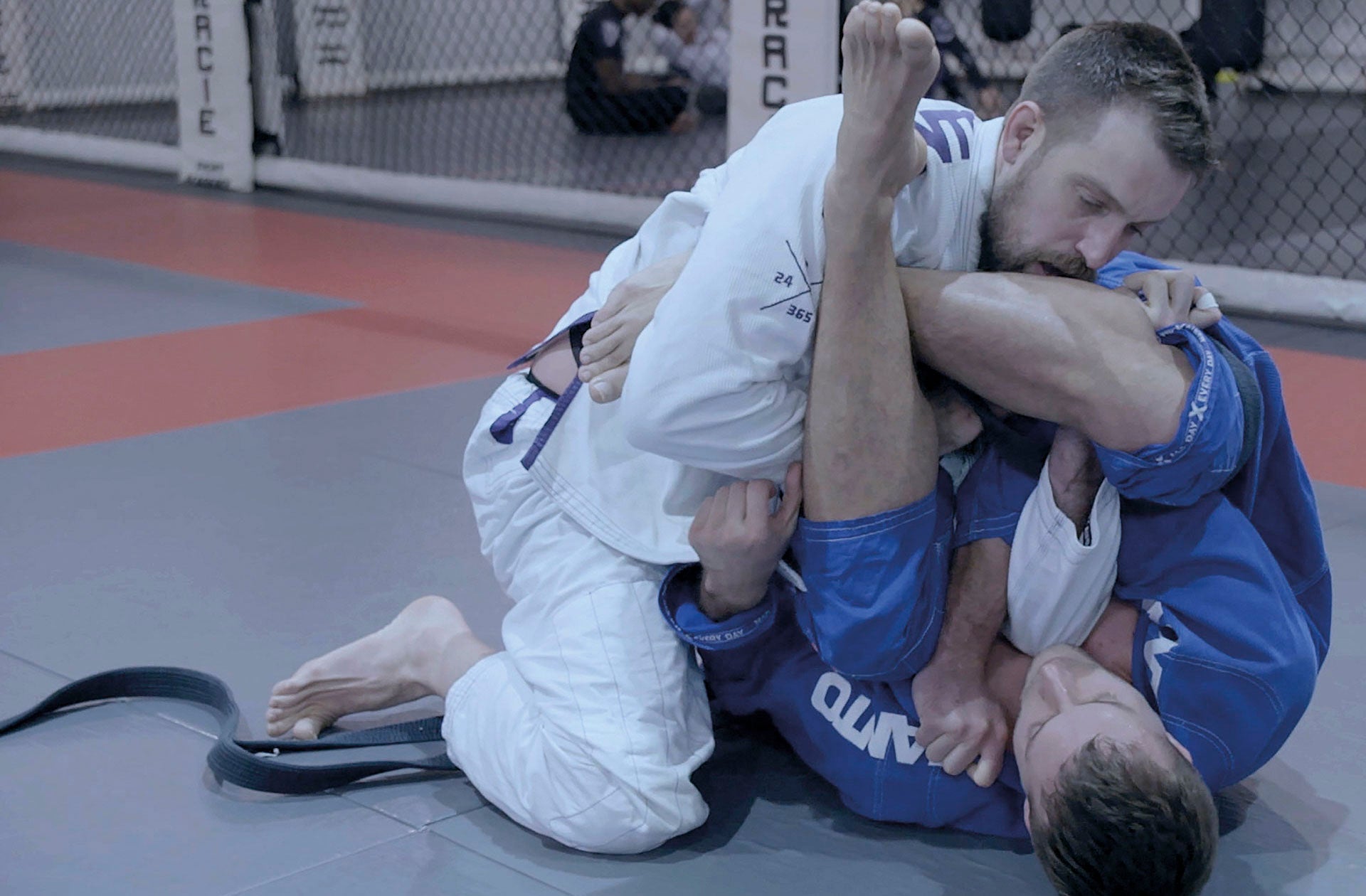
Camille Henrot, Tuesday, 2017, HD video, color, sound, 20:50 min
© Image courtesy of the KÖNIG GALERIE; Kamel Mennour, Paris, London; Metro Pictures, New York, 2018
The fact that this boxer was represented at the moment of rest, revealing all the marks resulting from his previous fights, as opposed to being depicted either in the middle of a fight or as a symbol of victory and power, is the fundamental matter here. Henrot’s film TUESDAY, as well as its six companion sculptures – one titled Wait What (a bronze sculpture of a seemingly exhausted or dormant headless cat, whose body rests on top of a white resin column with its limbs, tail, and torso completely relaxed) and another Defeated (an abstract white leather body held to the ground by an aluminum abstract body – are equally resisting the representation of victory and the confirmation of the values and idealizations that come with it. In TUESDAY, we do not witness the moment when a fighter is celebrated as a winner; we only see a few quick moments when one of them gently taps his opponent’s body to signal his momentary submission. Similarly, at the end of the film, we only see very few scenes of the horses racing in the field, but we never see the moment when the winning horse reaches the finish line. We are just provided with glimpses of the violent nature of mounting horses in competition. This aesthetic strategy of freezing a violent act and creating a context where expectation and suspense are more prominent than a fully performed act places the emphasis on the staging of a moment of drama rather than the drama itself.
Horses and martial artists have been symbols of power and force ever since early civilizations instrumentalized them for the purpose of war. Nonetheless, in TUESDAY, both are neutralized by the aestheticization of their slow-moving bodies, and by the particular way the camera frames their presence before our eyes. Similar to how masochism uses staging as a way to focus more on the image of pleasure rather than the physical pleasurable act, TUESDAY, along with Wait What and Defeated and the other sculptures associated with Tuesday, concentrate on the tension and transformative energy inherent in the anticipation of what is about to happen, or better said, on what could potentially happen. These suspended and staged performative images subvert the submission-domination binary by making irrelevant the question of who wins or who loses in the end.

